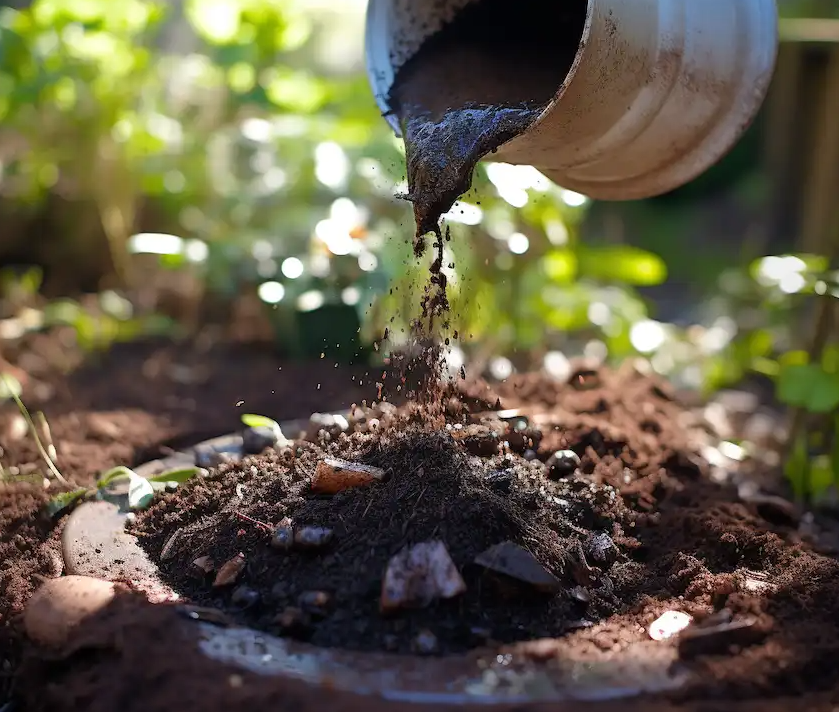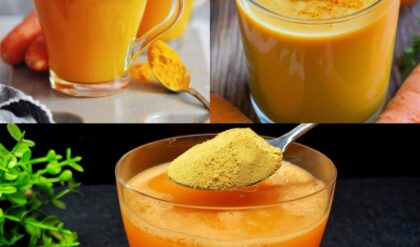For gardening enthusiasts with limited space, growing bell peppers in containers is an easy and rewarding solution. Not only do container gardens save space, but they also allow you to cultivate vibrant, fresh peppers at home. With the right techniques and some homemade fertilizers, you can maximize your pepper production and enjoy the satisfaction of homegrown produce. Here’s everything you need to know to get started.

Choose the Perfect Container
Start by selecting a container that’s at least 5 gallons in size, ensuring it has proper drainage holes. Bell peppers have extensive root systems, and a spacious container allows their roots to spread, promoting healthier growth and higher yields.
Select the Best Bell Pepper Varieties
Opt for compact or dwarf varieties specifically suited to container gardening. Some excellent choices include ‘Mini Belle,’ ‘Patio Belle,’ and ‘Lunchbox.’ These varieties grow well in limited spaces and provide delicious, vibrant peppers.
Prepare Nutrient-Rich Soil

Bell peppers thrive in well-draining, nutrient-rich soil. Use a high-quality potting mix enriched with organic matter, such as compost. For improved drainage, mix in perlite or coarse sand. Fill your container, leaving a few inches of space at the top to accommodate the plant and watering.
Planting Bell Peppers
You can grow bell peppers either from seeds or transplants. For beginners, transplants are the easiest option. Purchase healthy seedlings from a local nursery, or start seeds indoors 8–10 weeks before the last frost date. Transplant the seedlings into your container once they develop at least two sets of true leaves.
Provide Optimal Sunlight

Bell peppers are sun-loving plants that require 6–8 hours of direct sunlight daily. Position your container in a sunny spot, such as a balcony, patio, or windowsill. If you’re growing them indoors, use grow lights to provide the necessary light exposure.
Master the Art of Watering
Watering consistently is key to healthy peppers. Keep the soil evenly moist but avoid overwatering, which can lead to root rot. Water deeply when the top inch of soil feels dry, and focus on watering at the base of the plant to prevent fungal diseases.
Boost Growth with Homemade Fertilizers
Give your peppers a nutrient-rich boost with these simple DIY fertilizers:
Compost Tea
Ingredients:
- 5 gallons of water
- 1–2 shovelfuls of well-rotted compost
Instructions:
- Combine compost and water in a bucket and stir well.
- Let the mixture sit for 2–3 days.
- Strain and use the liquid to water your plants for a natural, nutrient-packed boost.
Eggshell Fertilizer
Ingredients:
- Crushed eggshells
Instructions:
- Save and crush eggshells from your kitchen.
- Sprinkle the crushed shells around the base of your plants. The calcium they release helps prevent blossom end rot, a common issue in peppers.
Use B-Vitamins for Extra Growth

Incorporate complex B vitamins to encourage strong, healthy plants. These vitamins aid in root development, energy production, and nutrient absorption. Mix a liquid B-complex vitamin solution with water according to package instructions and apply every two weeks. Use it as a soil drench or a foliar spray during cooler parts of the day to avoid leaf burn.
Manage Pests and Diseases
Watch for common pests like aphids, snails, and slugs. Inspect plants regularly and address infestations with natural remedies such as neem oil or homemade insecticidal soap. Ensure good airflow around plants to reduce the risk of fungal diseases.
Harvesting Your Bell Peppers
Bell peppers are ready to harvest when they reach their mature color, whether green, red, yellow, or orange, depending on the variety. Use scissors or pruners to cut them from the plant, leaving a small portion of the stem intact to preserve freshness.
Enjoy the Fruits of Your Labor
Growing bell peppers in containers is an excellent way to enjoy homegrown produce, even in small spaces. With the right care, a touch of homemade fertilizer, and a bit of patience, you’ll be rewarded with vibrant, flavorful peppers. Whether you use them in salads, stir-fries, or as a snack, there’s nothing quite like the taste of fresh peppers from your own garden.
Start your container garden today and savor the joys of growing your own delicious bell peppers. Happy gardening!





